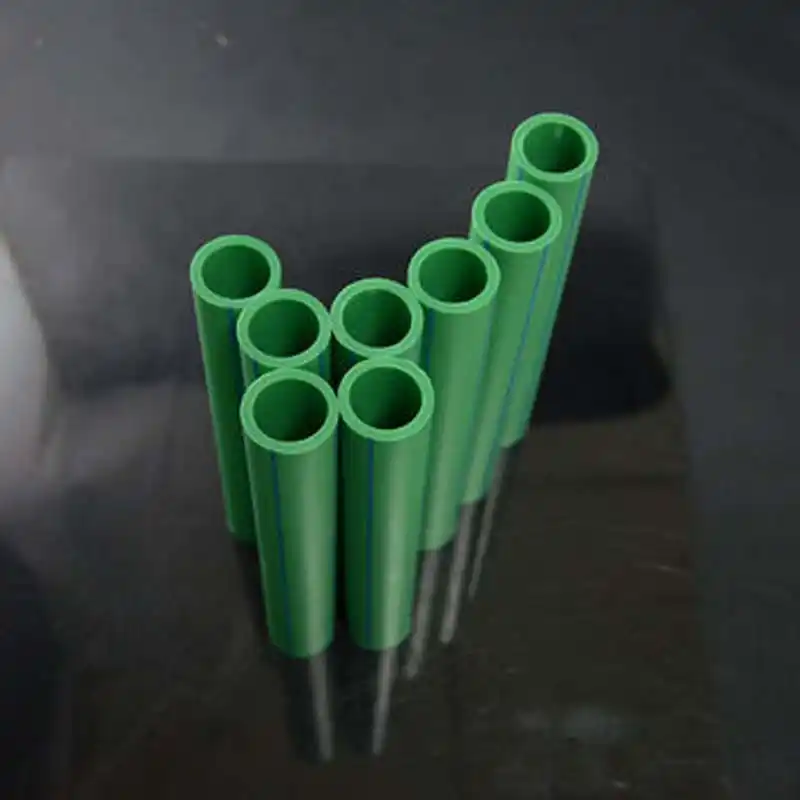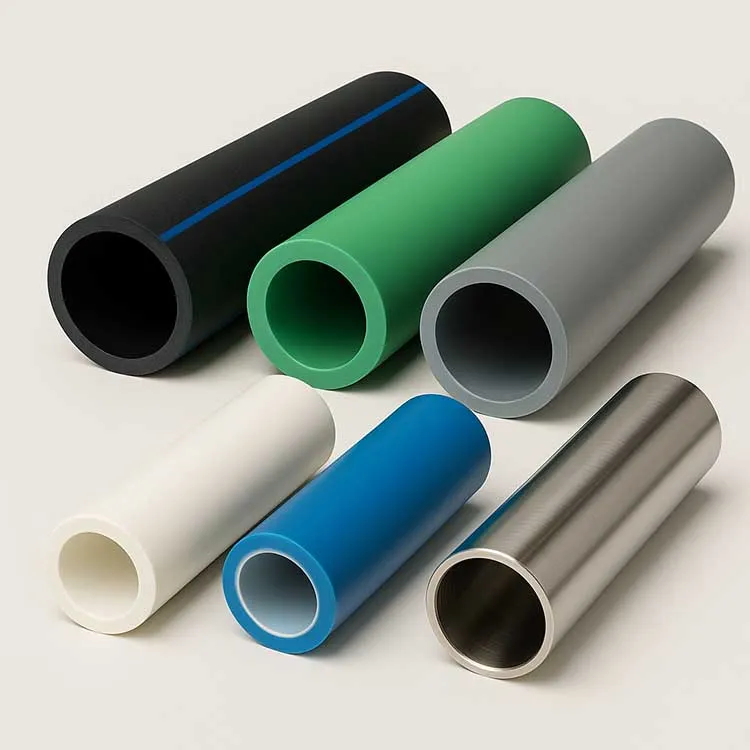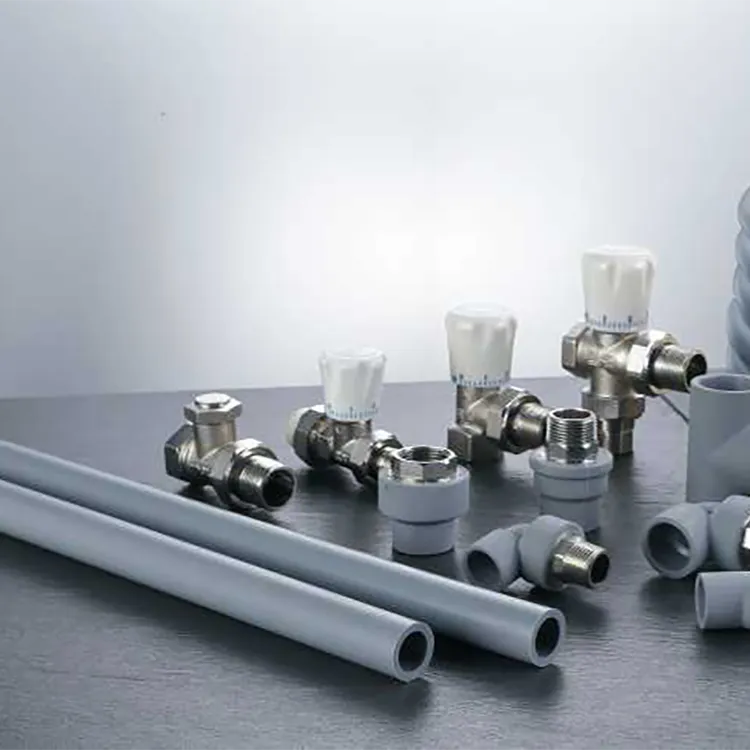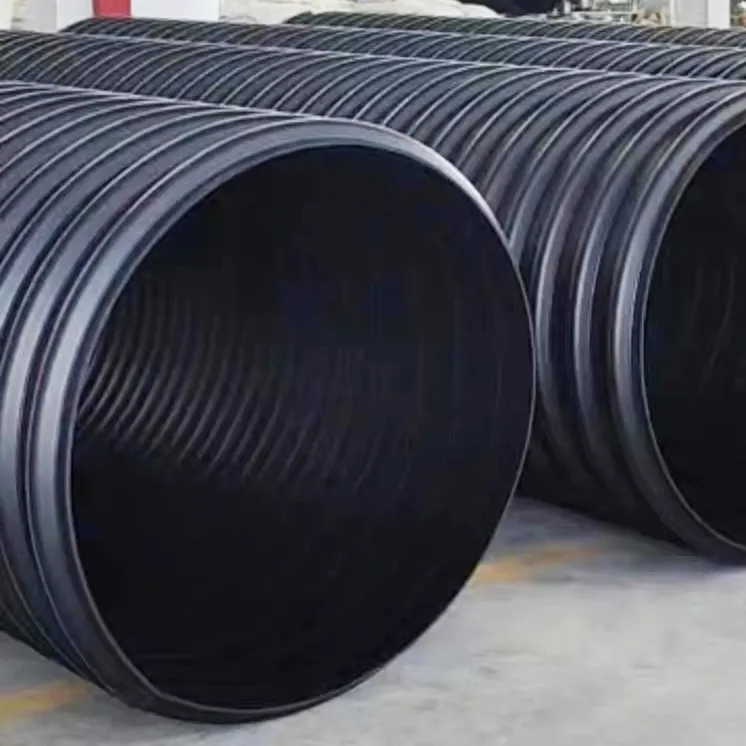In the realm of plumbing, PPR holds a significant place, playing a crucial role in ensuring the efficiency and durability of plumbing systems. PPR, which stands for Polypropylene Random Copolymer, is a type of plastic widely used in the plumbing industry. This versatile material has gained popularity for its excellent characteristics, making it a preferred choice for plumbing pipes and fittings. In this article, we will delve into the meaning of PPR in plumbing, its properties, applications, and the advantages it offers to plumbing systems.
Understanding PPR
PPR is a type of thermoplastic polymer that exhibits high strength, durability, and chemical resistance. It is produced through the copolymerization of propylene and ethylene monomers, resulting in a material with a random arrangement of polymer chains. This unique molecular structure contributes to the exceptional properties of PPR, making it well-suited for plumbing applications.
Properties of PPR
1. High Temperature Resistance
PPR pipes and fittings are known for their excellent heat resistance. They can withstand high temperatures, making them ideal for both hot and cold water distribution systems. PPR pipes can handle temperatures up to 95°C (203°F), ensuring reliable performance in various plumbing applications.
2. Corrosion Resistance
Unlike metal pipes that may corrode over time, PPR is highly resistant to corrosion. This characteristic ensures the longevity of plumbing systems, especially in regions with aggressive water conditions.
3. Low Thermal Conductivity
PPR has low thermal conductivity, meaning it does not conduct heat as readily as metal pipes. This property helps in maintaining the temperature of the water within the pipes, reducing energy loss and improving the overall energy efficiency of the plumbing system.
4. Smooth Inner Surface
PPR pipes have a smooth inner surface, which minimizes friction and allows for the efficient flow of water. This feature not only enhances the performance of the plumbing system but also reduces the likelihood of clogs and blockages.
Applications of PPR in Plumbing
1. Water Supply Systems
PPR pipes are commonly used for both hot and cold water supply systems in residential, commercial, and industrial buildings. Their ability to withstand high temperatures and resist corrosion makes them a reliable choice for conveying water in plumbing networks.
2. Heating Systems
PPR pipes are widely employed in hydronic heating systems. Their heat resistance and low thermal conductivity make them suitable for transporting hot water in underfloor heating and radiator systems.
3. Chemical and Industrial Piping
PPR's chemical resistance makes it suitable for use in industrial applications, where resistance to a variety of chemicals is essential. It is also utilized for conveying compressed air and other gases.
Advantages of PPR in Plumbing:
1. Longevity
PPR pipes have a long service life due to their resistance to corrosion and chemicals. This longevity reduces maintenance requirements and ensures the durability of plumbing installations.
2. Easy Installation
PPR pipes are lightweight and easy to handle, facilitating a quicker and more straightforward installation process. The material can be easily cut, joined, and adapted to different plumbing configurations.
3. Cost-Effective
While the initial cost of PPR pipes may be higher than some traditional materials, their long-term benefits, such as low maintenance costs and energy efficiency, make them cost-effective over the life of the plumbing system.
Types of PPR pipes
Polypropylene Random Copolymer (PPR) pipes come in various types, each designed for specific applications and preferences. The types of PPR pipes can be categorized based on their usage, structure, and layers. Here are some common types:
1. PN 10 and PN 16
PPR pipes are classified based on their pressure rating, denoted by PN (Pressure Number) followed by a numerical value. PN 10 and PN 16 are two common pressure ratings. PN 10 pipes are suitable for lower pressure applications, while PN 16 pipes are used in systems requiring higher pressure resistance.
2. Single Layer PPR Pipes
Single-layer PPR pipes are composed of a single homogeneous layer of PPR material. They are suitable for standard plumbing applications where moderate strength and durability are sufficient.
3. Three-Layer PPR Pipes
Three-layer PPR pipes consist of three distinct layers:
a. Inner Layer: This layer is made of pure PPR material, ensuring smooth water flow.
b. Middle Layer: The middle layer is reinforced with fiberglass, enhancing the pipe's strength and resistance to deformation.
c. Outer Layer: The outer layer provides additional protection and stability.
4. PAPR (Polypropylene Aluminum Polypropylene) Composite Pipes
PAPR pipes incorporate a layer of aluminum between two layers of PPR. This design combines the corrosion resistance of PPR with the strength and thermal conductivity of aluminum. PAPR pipes are often used for hot water applications.
5. Fiber-Reinforced PPR Pipes
These pipes contain embedded fibers, such as fiberglass or other reinforcing materials, to enhance strength and rigidity. Fiber-reinforced PPR pipes are suitable for applications requiring extra durability.
6. Stabi Pipes
Stabi pipes are a type of PPR pipe with enhanced stability. They often incorporate a layer of stabilizing material, such as fiberglass, to prevent expansion and contraction under temperature variations. Stabi pipes are ideal for use in heating systems.
7. Silent Pipes
Silent pipes are designed with an additional layer of soundproofing material to reduce water flow noise. These pipes are commonly used in residential buildings where minimizing noise is a priority.
8. UV-Resistant PPR Pipes
UV-resistant PPR pipes are designed to withstand exposure to ultraviolet (UV) radiation, making them suitable for outdoor applications. The UV resistance helps maintain the integrity of the pipe when exposed to sunlight.
9. Random Length and Coiled Pipes
PPR pipes are available in both random lengths and coils. Random length pipes are typically straight sections, while coiled pipes are convenient for applications where flexibility is required.
10. Colored PPR Pipes
While the standard color for PPR pipes is white, colored PPR pipes are also available. Colored pipes can help in distinguishing between different systems or indicating specific functions within a plumbing network.
When selecting a type of PPR pipe, it's crucial to consider factors such as the intended application, pressure requirements, temperature variations, and specific project needs. Consulting with plumbing professionals and adhering to industry standards is essential to ensure the proper selection and installation of PPR pipes.
Conclusion
In the world of plumbing, PPR has emerged as a reliable and versatile material, providing solutions to various challenges faced by traditional piping systems. Its exceptional properties, including high temperature resistance, corrosion resistance, and ease of installation, make PPR a preferred choice for plumbing professionals. As plumbing technology continues to advance, PPR is likely to maintain its prominence, contributing to the development of efficient and sustainable plumbing systems.



981.webp)

 (1)379.webp)

294.webp)
476.webp)
420.webp)
146.webp)
460.webp)
287.webp)
274.webp)
688.webp)


